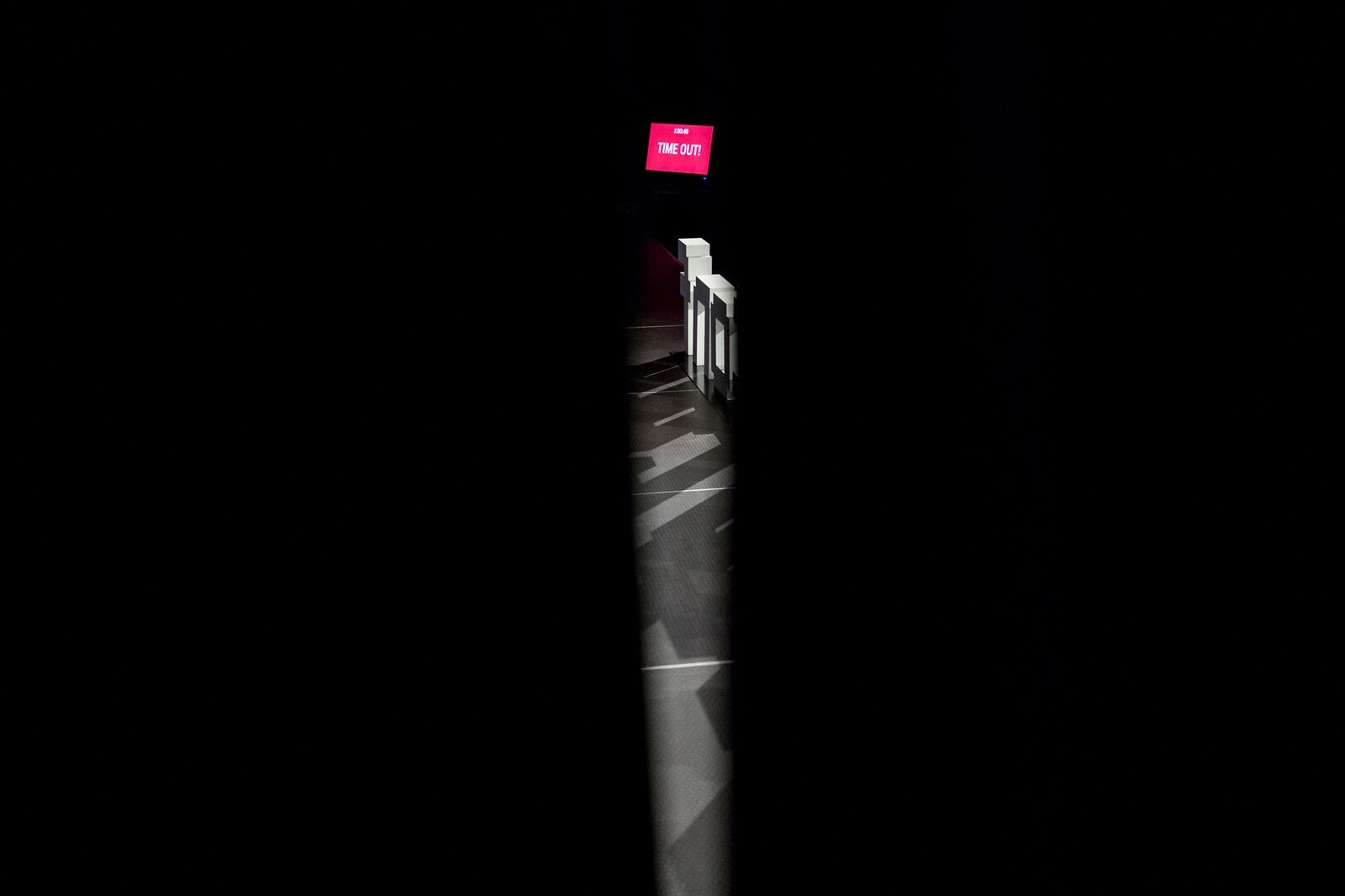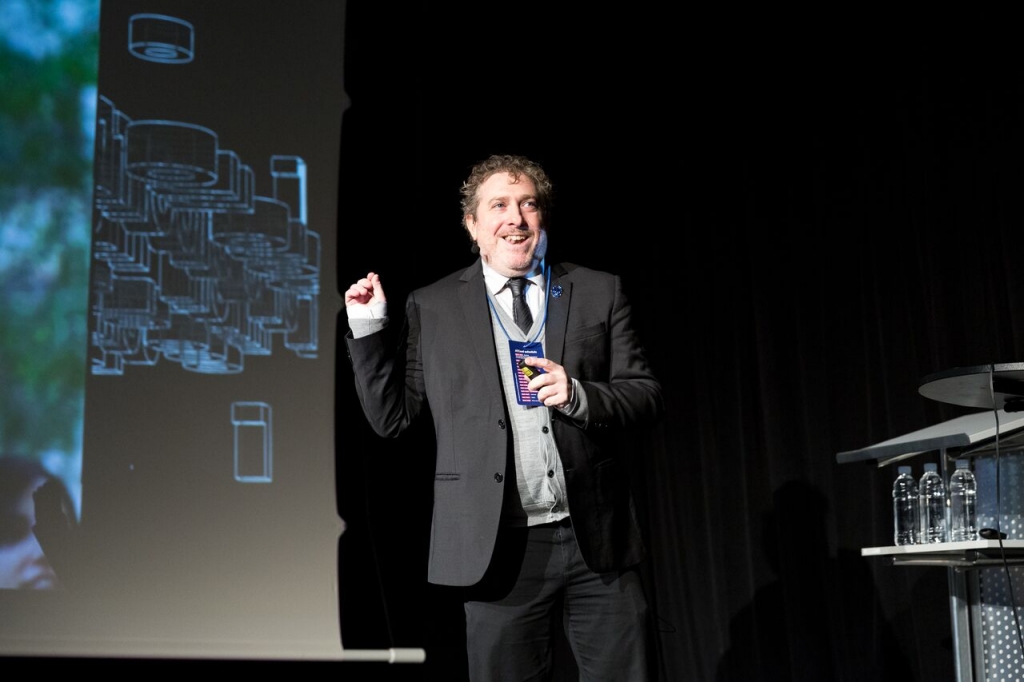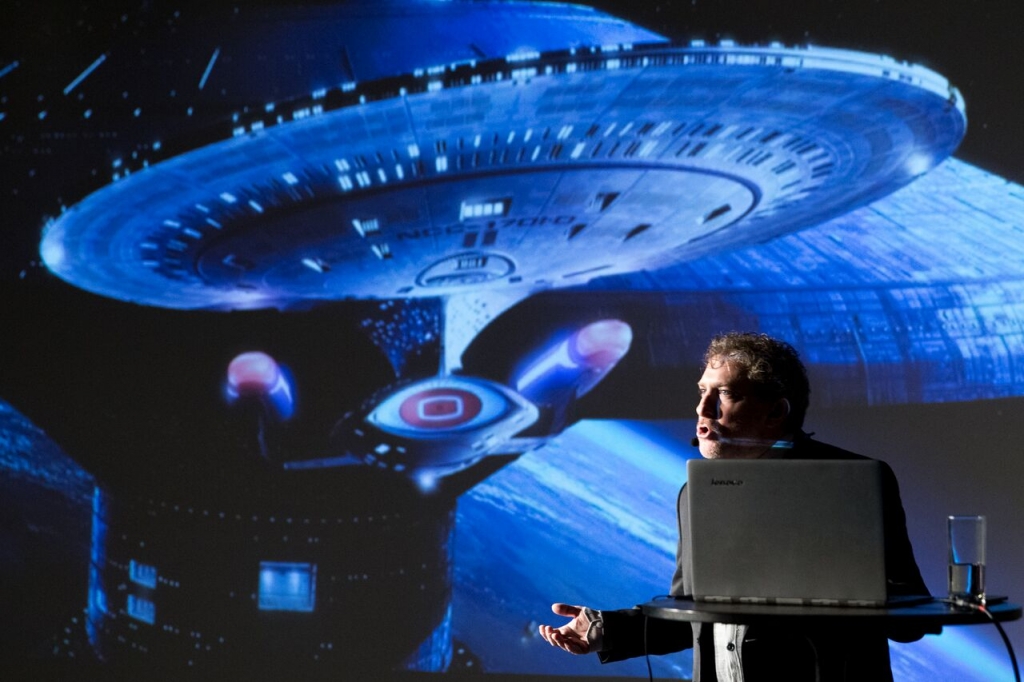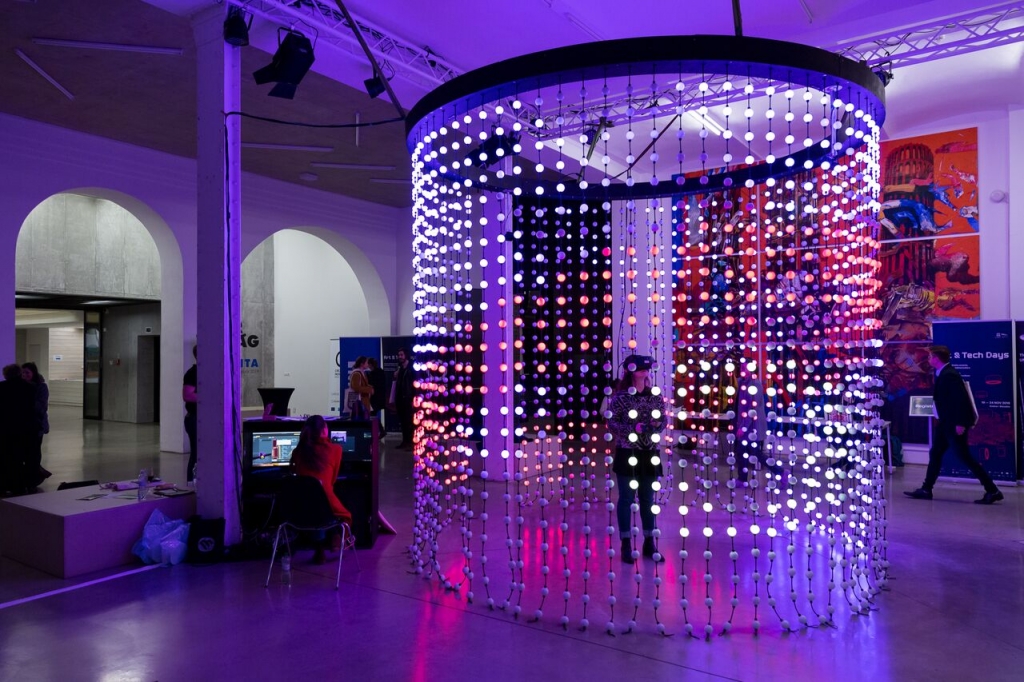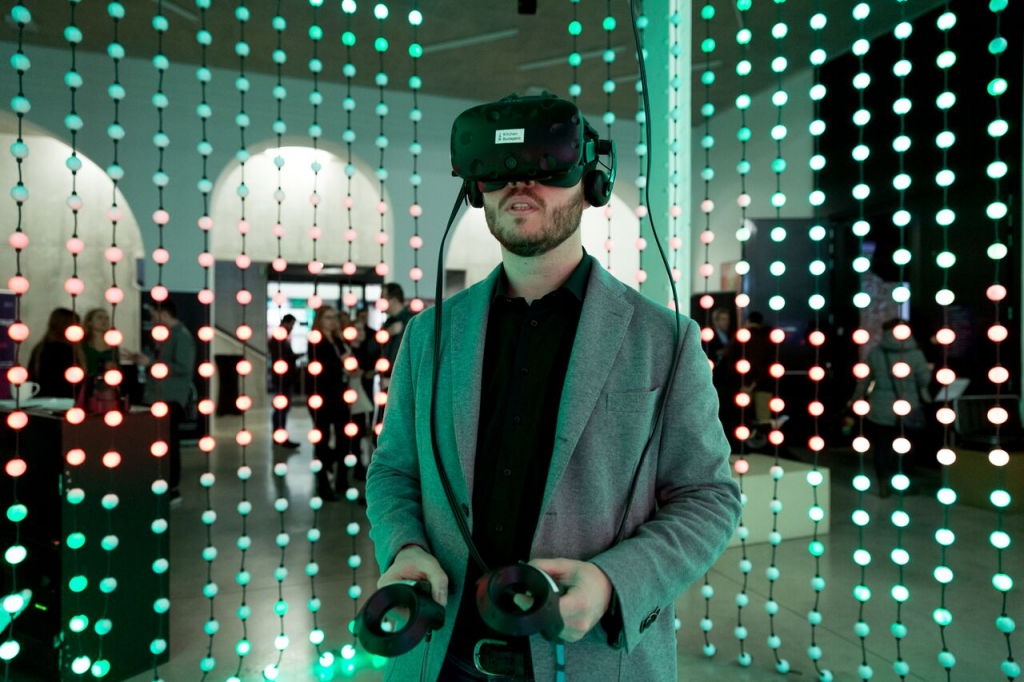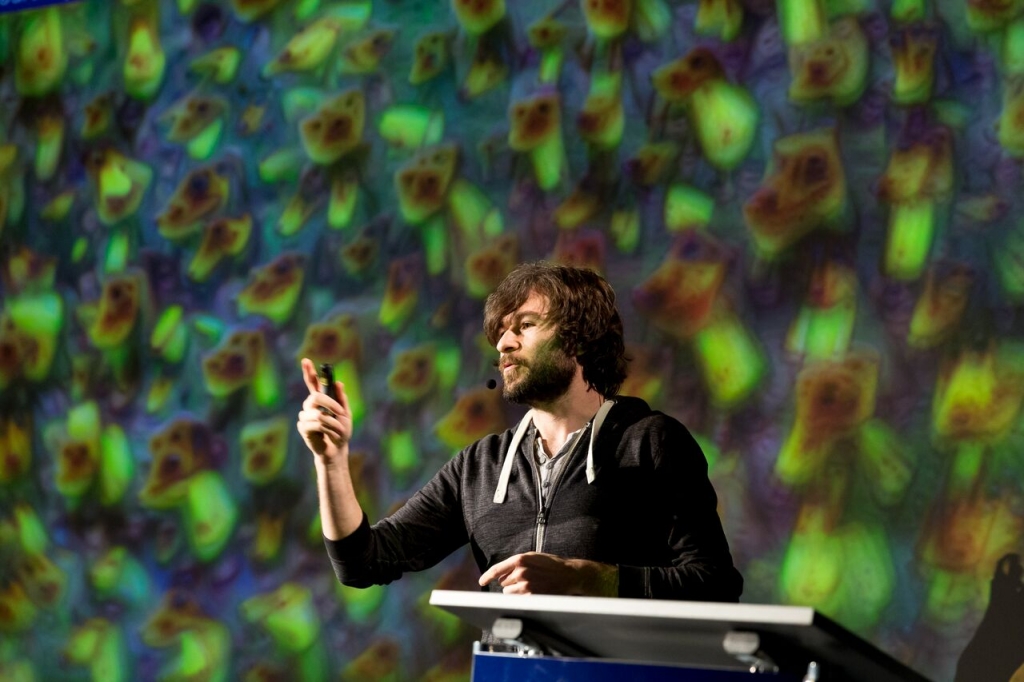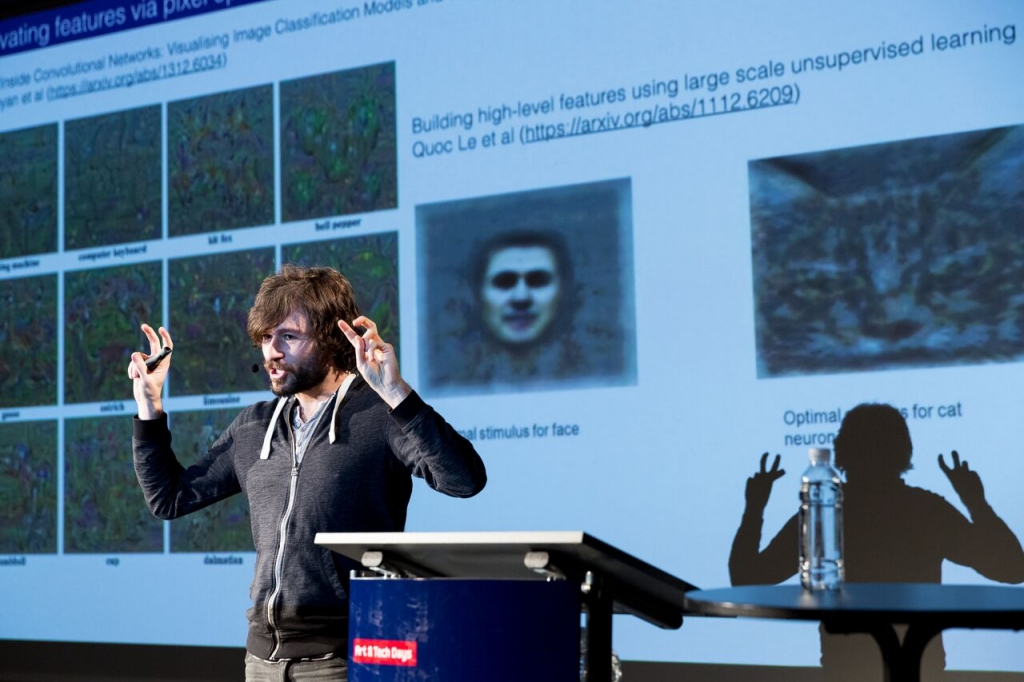Defining the revolution of today on Art & Tech Conference
Saying what needs to be said
Slovakia does have many gaps when it comes to bringing innovative ways of education. We think that organizing educational activities parallel to the official ones becomes a crucial step forward. Set in a specific context, conferences have the ability to talk about the ideas which haven’t been widely discussed or popularized yet.
For many, Art & Tech Conference is an important gathering of industry leaders that showcase niche projects of the past year. These have great potential to inspire the
Art & Tech Conference 2018 tried to define revolutionary ideas, technological
Let’s have a look at the go of the conference.
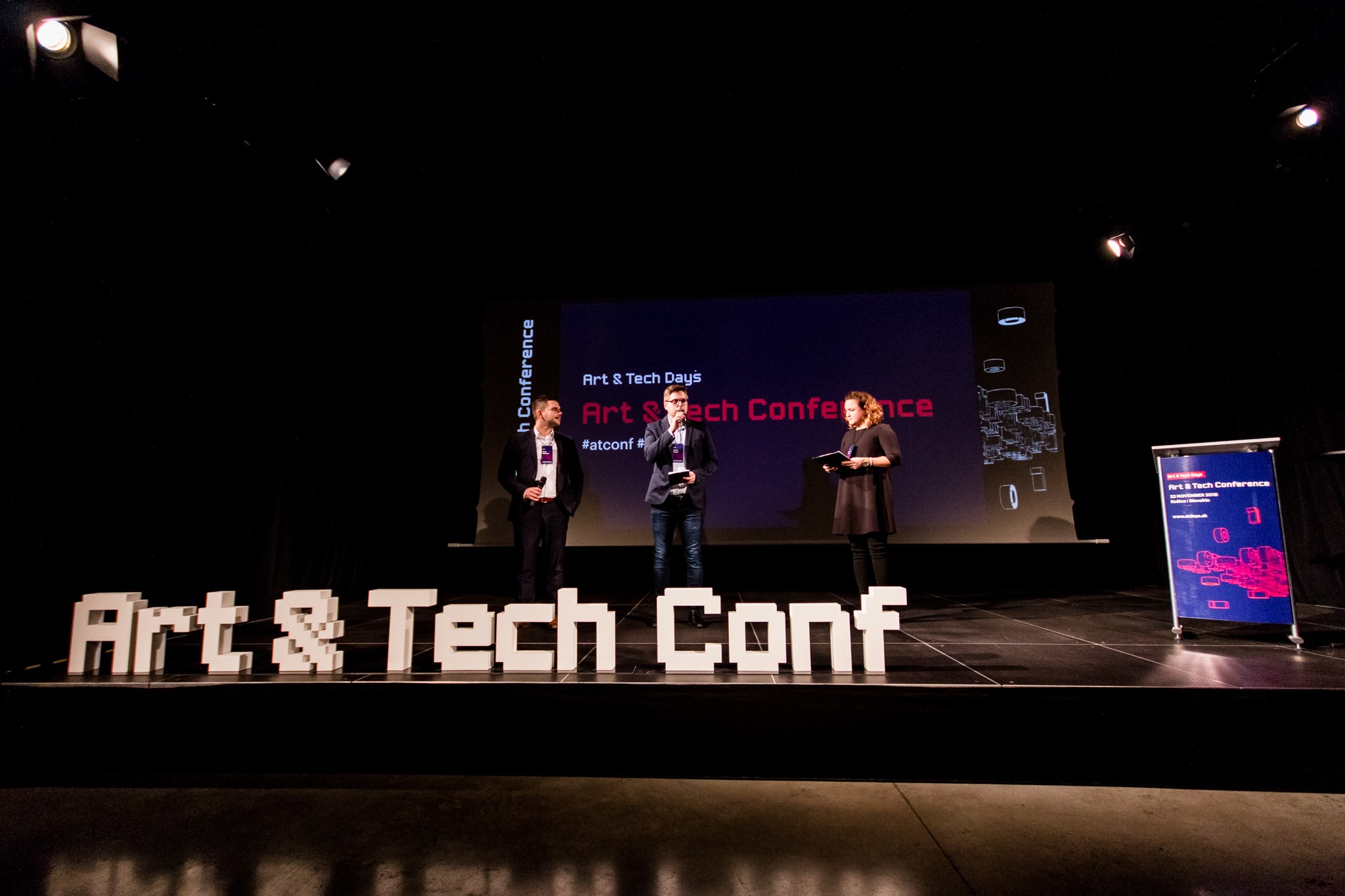
What’s up with the revolution?
A keynote speech was given by Dr Martin Jan Stránský, a primary neurologist at Yale University specializing in neurophysiological brain function of memory and consciousness. Martin has challenged himself to share with us his lifetime discoveries within 40 minutes talk: “I will tell you nothing nice,” he added firmly.
Examining the effects of technologies on the human brain, Martin reminded us of the two-legged creatures’ essential feature; a pre-frontal cortex allowing us to think. A crucial issue he tried to get across is the fact that any knowledge acquired by reading from the computer screen will not settle in our brain for very long. It will not find its path all the way to the limbic brain where the essential centres for empirical experiences dwell.
By making mistakes and comparisons, we train our brain and we learn. Whatever one does, the brain sorts out the information connects it with emotion and completes it with data about time and space, the smell, the touch and the like. Sensorial experiences cause that reading from a paper is much more rememberable than reading from the screen. And afterwards, a
Dehumanization caused by technologies
Throughout the history of the human brain, the neuroevolutionary shortcuts were created so that the brain reacts faster, saves time and decides more efficiently. However, there comes the brain’s tricky propensity to prefer short wins and instant rewards. By performing actions on social media, we wait for the reaction that basically directly translates to a reward. Rewards create feel-good chemical reactions like dopamine and make us happy. But do they really?
The question is, does this sort of interaction makes us more human? If no cultural influence exists out there? The international differences simply do not occur and as Martin puts it, “we are directing our own theatre”. Which is a shame because our brain was designed to think in much deeper contexts than just our “internet brain”.
This year disrupt speaker Martin continues with his concerns about the future and reveals that certain surveys show that the IQ does not increase in general but just the opposite. The percentage of people suffering from depression has doubled and more than 50% of students suffer from anxiety. That’s truly a decent matter to worry about.
“There’s no need for AI to continue simplifying things and seemingly unburden us from the activities. The question lies in whether a human will once ever think differently than a computer.”
So what it means to be a human after all?
A keynote speaker gave a pretty intense introduction into the whole day, meanwhile, the next one, Uri Aviv, the self-proclaimed science fiction evangelist, spread positive words about the AI and the movie industry. He pictured a well-known stereotype that machines will rise up against us in several blockbusters, such as Blade Runner, Star Trek, Space Odyssey, Terminator or Her. Even the lesser-known indie films and everything in between that will gladly scratch your cinematic sci-fi itch. Even humanity can be elastic.
On humans making technology more human
It’s only 26 years old Filip Ruisl who responds to the essential questions on the AI and its ethics. A digital designer focusing on interaction, experience, visual and sound design is currently an interaction designer at open innovation lab Kitchen Budapest. Filip’s very first conference talk ever was pretty top-notch. He zoomed in to the VR/AI installation Training 2038 exposed in the lobby of the #atconf‘s hall. The installation that launches a social dialogue. How does it look when artificial intelligence is put in charge of questions on moral dilemmas? Training 2038 is a great example of a speculative design that questions the cultural, social and ethical implications of emerging technologies. A hyper-reality that uses AI/ML to leverage human potential by having a design that turned to a functional product.
Read more about Training 2038 in an interview by Invisible Mag made exclusively for Art & Tech Days.
Using technology in a creative way
Gene Kogan is an artist. Based and raised in the USA, the speech he gave on #atconf was the closest one he has ever given to his Ukrainian birthplace, Lviv.
As his name suggests already, the genesis of Gene’s career path to generative systems come from a simple passion for searching for new music. Remember last.fm in its best shape – trying to find something you haven’t heard for like 23 times yet. Gene is an artist interested in computer science and software for self-expression and especially the notion of the collective mind.
A mind-blowing algorithmic salad of playful random combinations and variables – that could be a very modest description of a couple of the slides Gene ruthlessly rolled out onto us. What would it look like if we combined a picture of a man with sunglasses, subtracted a picture of a man without sunglasses and added a woman? Something like this:
Talking about media arts, Gene also explained how AI can be used, for instance, in the style of transfer mirrors. Want to see yourself painted by Kandinsky or in style of Hokusai’s The Great Wave off Kanagawa? Easy and augmented.
And did you know that about in like a year, AI will be able to imitate anyone perfectly? If that new vlogger, influencer or a criminal was you or AI? You’ll become completely indistinguishable.
Gene is concerned about the future. But he takes it easy showing funny examples.
Geography of culture
A time ago, Karol Piekarski decided to establish Medialab Katowice, a laboratory for everyone who’s not afraid of computers. Specialized in data processing and visualization, Karol gathered something we’ve all been dreaming about – data for culture. He put thought into the reason why people do not come to cultural centres so often. Is the distance or poor transportation responsible for a cultural centre being functionally detached?
The result of his research is pretty functional, actually. Each cultural operator wanting to establish a new cultural institution or organize an event can draw from quality research data and lay a solid foundation for the future of their businesses. The credit also has to be assigned to the very method: in Karol’s research, the quantitative data is meticulously analyzed by people, not only by machines.
Even for the artists, Karol stressed how important it is to embrace the world of IT and other exact disciplines. Humanists simply need to get their hands dirty with code.
Making things looking the same to avoid conflict
Long-time has Tatra Banka been combining finance, art and innovations. Last year, the bank was awarded a price of the most innovative mobile banking system in a world. Peter Matúš, a Member of the Board at Tatra Banka, described how AI has already been changing the financial sector. Displayed on a tangible example of a rather cute and confused robot – Pepper, which is supposed to replace human employees with his robotic charm in every branch office. In the near future. It’s not scary at all.
Let’s talk examples. On the client-side, call centres cannot always guarantee the same treatment every time a client asks for help. Delivery of the advice is influenced by a human factor, an employee’s mood, emotions and other behaviours that cannot be really controlled. Matching the client expectations with the actual delivery then becomes harder. But hold on, thinking about a robot with better soft skills than humans have is quite a far-fetched idea.
What else? In future, technologies in the banking sector will be able to calculate better when a client needs help. For instance, your bank will know better (than you) what stage of your life you should fix yourself a mortgage. And be sure that your bank will offer that to you in your life’s prime time. Talking cybersecurity, banks will be even more reliable when dealing with data and their services should become more invisible – not to bother us with unimportant stuff. “To reinvest the client’s time into something nicer, crucial or more interesting.”
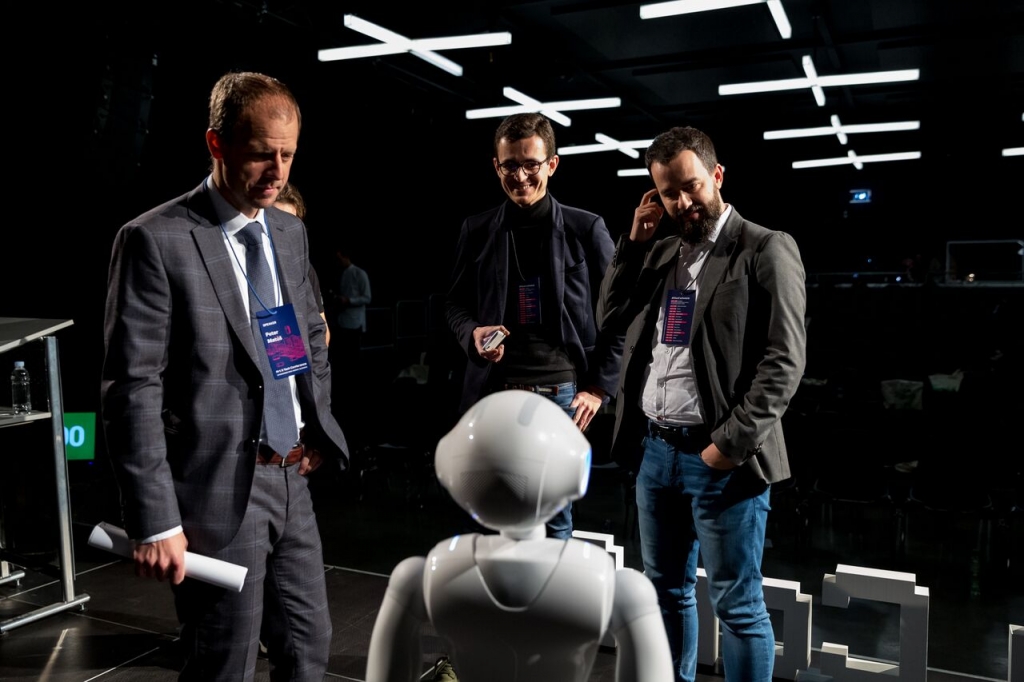
“Come closer. I miss robotic love.” (Pepper) 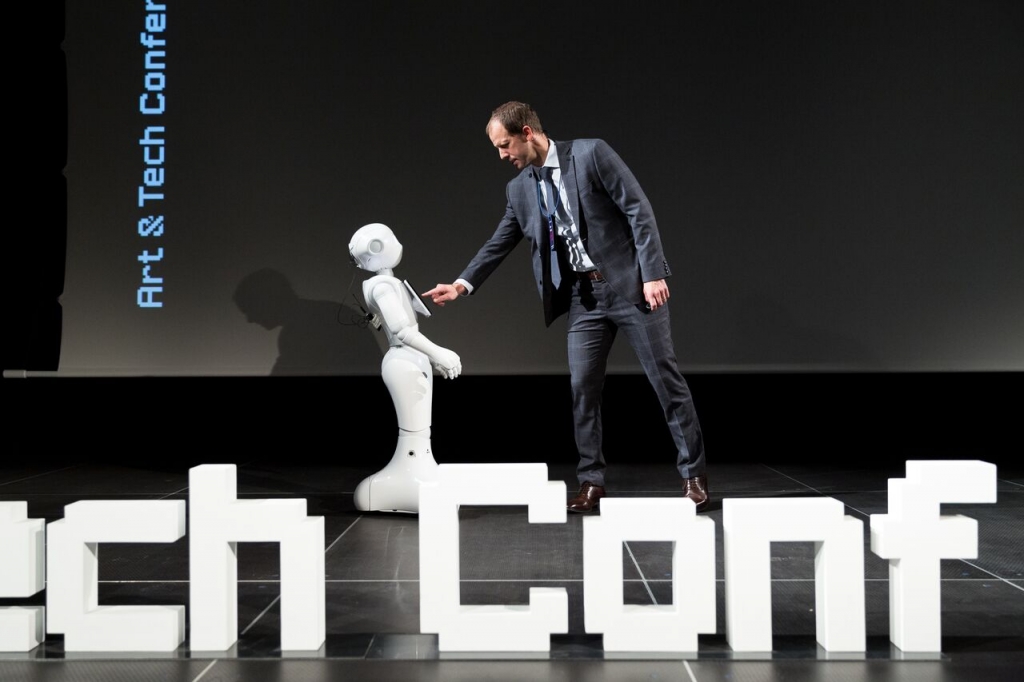
“Do I have a regular account?” (Pepper)
“I am never satisfied. That’s what keeps me going.”
She did some serious business at a seriously young age. As a kid, she started her entrepreneurial career by selling lemonades and shortly after not finishing her degree she is establishing one successful startup after another. A serial entrepreneur Merav Oren is one of 100 most influential people in Israeli hi-tech.
Merav came to Košice to inspire us by her passion about the centre for women-led startups and female entrepreneurs called WMN, which she, of course, established. A centre that supports women-led ventures and naturally making them society’s role models. Based in Tel Aviv, the centre produces many successful products distributed globally. A company creating custom bras that now works with Victoria Secret; Open Restaurants platform that allows us to sneak-peek into people’s kitchens; or a logo generator that will design logos based on your style preferences. (Really.)
Her lecture opened more of a discussion of what can be possible and her confrontation as a woman-entrepreneur with long-established stereotypes. Merav adds: “Computers cannot have an inspiration,
On computers learning by themselves
Mária Virčíková is interested in a creative process while using technology. She confidently defines creativity as a feature exclusive to humans and completes her statements with plenty of evidence. Mari was teaching computers various artists’ styles and, hence, introduced us into evolutionary algorithms and neural networks. Thanks to them, computers can now learn from their own mistakes. If a robot stumbles upon an obstacle, it will learn by itself that it has to put his foot higher next time. Robots are then able to make decisions based on the amount and the quality of the
Mari also presented the backstage information about the Košice based start-up she co-founded called Matsuko. Matsuko has been developing a true game-changer: a ground-breaking 3D telepresence mixed with reality technology that enables face-to-face interaction by transmitting live images of people as 3D holograms. Simply put ‘Skype of the future’. Even though it sounds nothing like a reality, it isn’t a movie either. Welcome to the future, baby.
Artificial intelligence helping to prevent cancer
A real champ, Adi Zamir from Tel Aviv has been working on this for quite some time now. Her startup Pink Of View is the world’s first personalized predictive indicator for risk management of breast cancer driven by AI & machine learning. The context goes like this – most of the breast cancer diagnoses have been detected at the latter or advanced stage of the illness. Adi showed us how early-stage prevention can detect what is for specific patients harmful. For example, it will advise you to cut the alcohol intake or hormones use so you will avoid troubles.
Adi also revealed that her start-up will soon penetrate the Slovakian market.
Art & Tech can be a strange combo, but it isn’t a mismatch.
Bringing people from distinct disciplines together creates an absolutely unique platform for speaking about many revolutions that are happening now. We experienced a lot of different points of view, both negative and positive, scary and inspirational sides of AI and technologies.
The #atconf 2018 proved that AI has an immense capacity to maximize the positive outcomes on our society, but hey, let’s not keep on making stuff around us easy and comfortable, just for the sake of human idleness.
Thank you for not patting the crocodiles and all being part of this.
See you on November 2019!
